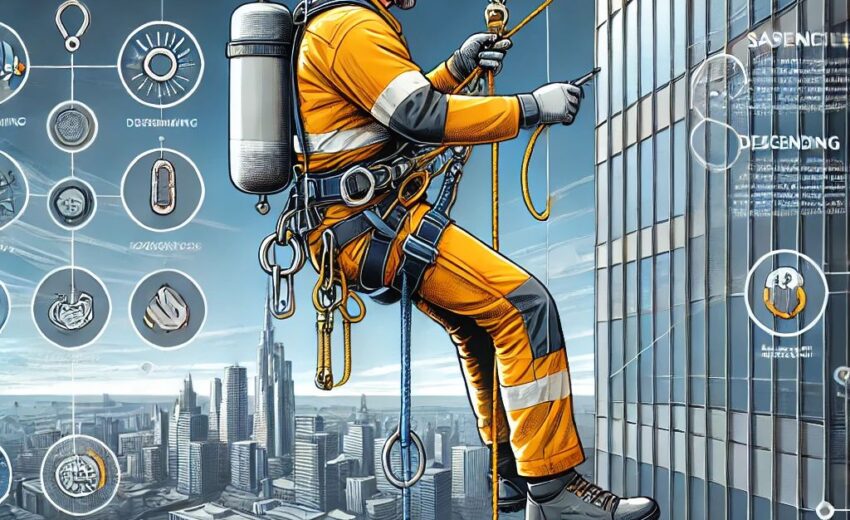
Understanding Rope Access
Rope access is a specialized technique for working at height, utilizing ropes, harnesses, and advanced climbing techniques to access hard-to-reach areas safely and efficiently. Unlike traditional access methods such as scaffolding or aerial lifts, rope access requires minimal equipment, making it a cost-effective and highly flexible solution for various industries.
Core Principles of Rope Access
Rope access operates on a dual-rope system, ensuring maximum safety and redundancy. The primary working rope supports the technician, while the secondary safety rope acts as a backup in case of equipment failure. This system drastically reduces the risk of falls and enhances overall safety.
Safety Standards and Training
Safety is at the core of rope access operations. Technicians must undergo rigorous training and certification through organizations like the Industrial Rope Access Trade Association (IRATA) and the Society of Professional Rope Access Technicians (SPRAT). These certifications ensure that workers are proficient in climbing, maneuvering, and executing rescue operations. Regular inspections of equipment, proper risk assessment, and adherence to strict operational protocols further enhance workplace safety.
Applications of Rope Access
Rope access is widely used across multiple industries, including:
- Building Maintenance – Window cleaning, façade repairs, and structural inspections.
- Oil and Gas Industry – Offshore platform maintenance, pipeline checks, and structural assessments.
- Telecommunications – Tower climbing, antenna installation, and maintenance work.
- Renewable Energy – Wind turbine inspections and repairs.
- Infrastructure Inspection – Bridges, dams, and industrial structures require periodic assessments, which rope access enables efficiently.
Cost-Effectiveness and Environmental Impact
One of the key advantages of rope access is its cost-effectiveness. Unlike scaffolding, which requires extensive labor and materials, rope access eliminates the need for bulky infrastructure, reducing both time and expenses. Additionally, rope access has a minimal environmental impact, as it does not require fuel-powered machinery or large-scale structures, making it an eco-friendly solution for work-at-height tasks.











